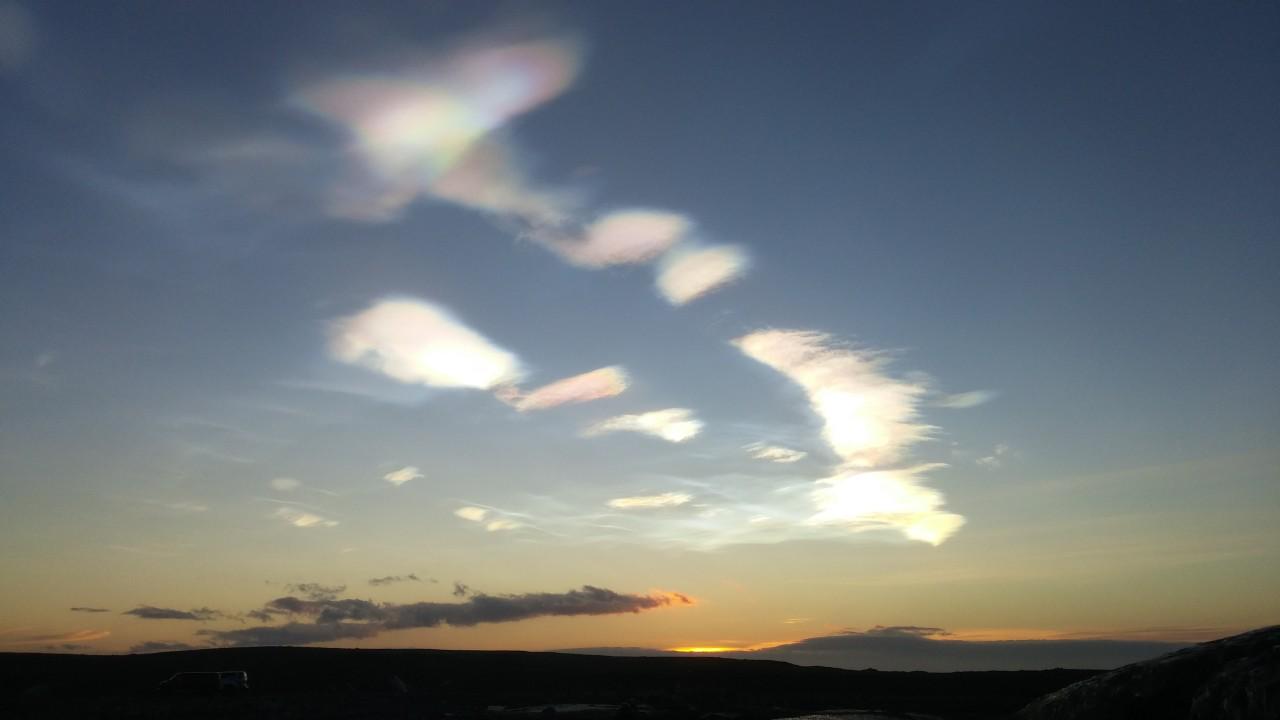Privacy means many things. It's not so much a constant state as a fluid, moving process. It grows and shrinks depending on environment, people around you, and how you wrangle it. But ultimately, privacy is about power.
Privacy, on a personal level, means the power to choose what you reveal about yourself. When you post a photo of the food you ate for dinner on Instagram, you reveal a small piece of what your whole night might've entailed: the friends you saw, the conversations you had, the thoughts you were thinking. The information you don't reveal is information you get to retain for yourself, in a place no one can touch. By keeping the full story to yourself, others can't later laugh at any mistakes or criticize any thoughts you don't want them to. Instead of someone, for example, laughing at you for dropping pasta sauce on your shirt, you can keep the power in your hands by not revealing that moment.
Your environment also plays a role. In the physical world, we can get privacy fairly easily: we can leave a room full of coworkers to answer a phone call, we can close the bathroom door to pee, we can stay in our house to get away from the pedestrians and traffic outside. In the physical world, we can easily separate ourselves from the people we don't want invading our privacy by generally moving our legs in the right direction.
The internet, on the other hand, doesn't have this intuitive ease. I remember as a kid “wandering” the internet, talking to strangers on AOL Instant Messenger (AIM) chat rooms, diving into any weird site I found, and doing whatever the equivalent of “Googling” was in the late 90's. Though I hadn't seen many cities, in retrospect it was like I was wandering some big city as another anonymous inhabitant out of millions. No one was following me around; I felt free to explore.
Today, with some light reading of current events, it's easy to feel restricted — the NSA is on Google, or Facebook is mining your data, or ads are tracking you all over the place, like some creepy guy that keeps following you as you wander the web's streets. It feels like living in a city where they've installed cameras on every street, corner, alleyway, store, church, and house. Where are the private spaces anymore? Where are the bathrooms where you can pee in peace? Your power, and ultimately autonomy, is weakened when anyone seeks to invade your privacy.
The solution for the web isn't quite like “walk away” in the physical world, but takes many forms. For one, after sharing a few Facebook posts we start to learn how to share certain things and not others — that control of what you reveal that I mentioned before. But there's another low-tech way to preserve your privacy online that was obvious when I started using the internet, but has since faded with the rise of “real name” social networks and “building your online brand” (or whatever current advice is). You create a fake name, i.e. a pseudonym.
Pseudonyms give you power in a new way. Instead of using software to keep your posts, messages, and photos “public” or “private,” everything is public, or rather, who cares if it's public. It doesn't matter because when done right, your posts or messages are missing information that ties that data to your real identity. When you pick a pseudonym, like monwetuf (generated from a calendar I was just looking at), Googling for that pseudonym doesn't bring up public records, your résumé, or your Facebook profile. You choose which environments to use it in and how to separate your online activity. Maybe my friends from school call me monwetuf, so I use that name on social media profiles. Maybe my ham radio friends know me by yadatu so I host my hobbyist site at yadatu.com. You're not dependent on a platform's benevolence and it having good privacy controls when you can control the power yourself.
Many of us have been living parts of our lives on the web for a while. It's the world's best communication platform that, for better or worse, doesn't work exactly like meatspace. But we can adapt. We can build services around pseudonyms—like reddit, Hacker News, and Write.as—and even wrangle back our power from the large indoor malls that are Facebook and Twitter, all with very analog tactics. Privacy is not dead, dying, or even wounded. Its waters are only flowing differently, and it's up to us to adjust to the current.
